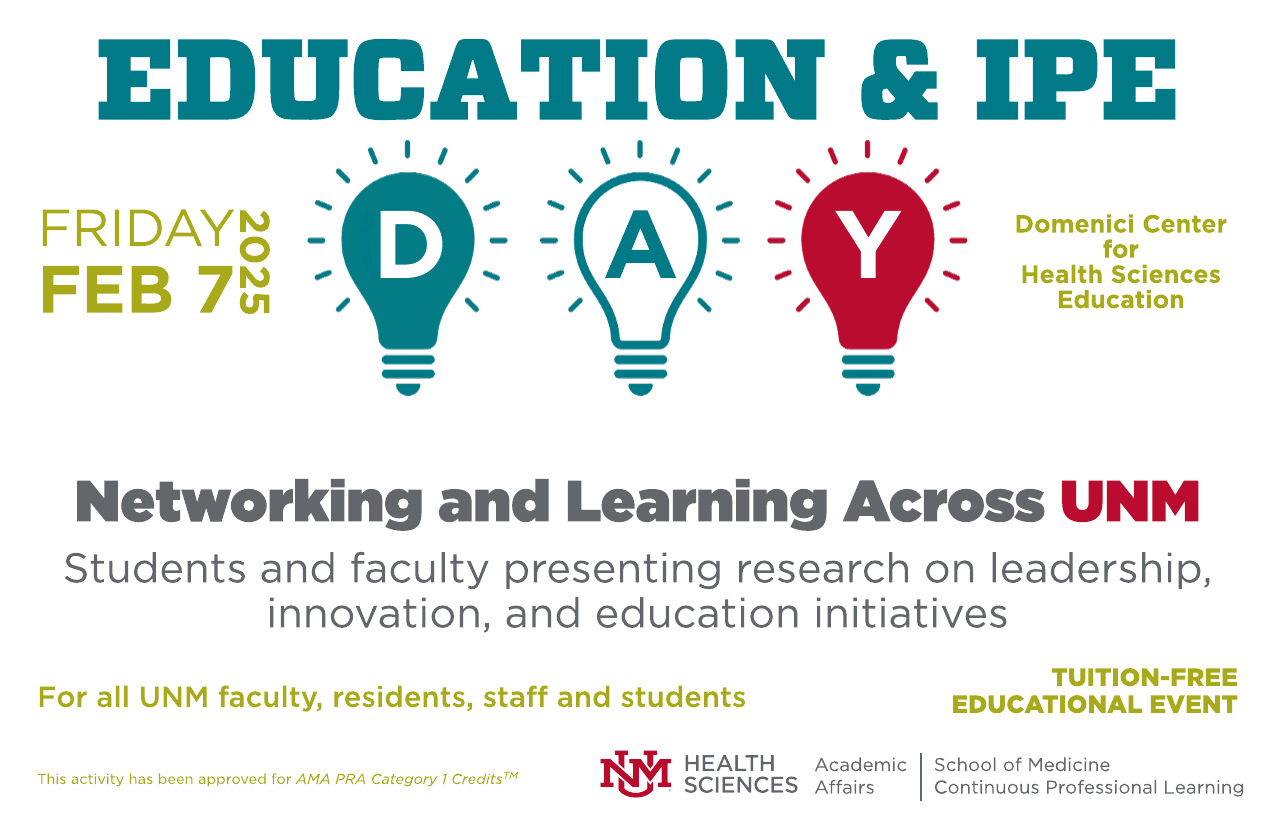
HSC Education Days
Impact of an Advanced Cardiac Life Support Process Improvement Initiative on Leadership Role Comfort
Document Type
Poster
Publication Date
10-4-2019
Abstract
Extracorporeal Cardiopulmonary Resuscitation (ECPR) in the Emergency Department (ED) requires optimized advanced cardiac life support (ACLS). An ACLS leader monitors compressions, orders medications, performs rhythm checks, directs defibrillation, and times events. This role was reassigned from physicians to nurses. Nurse led ACLS may allow physicians to assess ECPR inclusion criteria. There is limited research on ACLS leader role comfort for nurses. We hypothesized an ECPR initiative in the ED would improve personnel comfort in the ACLS leader role. ECPR initiative implementation included didactics and simulation training. A survey was distributed to ED residents, attending physicians, and nurses, and included six Likert-scale items on comfort with the ACLS leader role. Surveys were administered 6 months prior to and 3 months after implementation. There were 91 respondents at baseline and 100 respondents in the follow-up, resulting in a 43% and 48% response rate, respectively. We used Mann-Whitney tests to compare ordinal variables and non-parametric tests to assess the impact of initiative completion and level of experience on a cumulative score for comfort. We observed no significant changes for the six comfort items from the baseline survey regardless of respondent group. In the post-period, nurses (22.6/30) and resident physicians (23.9/30) had significantly lower mean cumulative comfort scores when compared to attending physicians (27.5/30) (p< .001). Experience leading ACLS in the past 12 months was a significant predictor of cumulative comfort score for nurses in the post-period (p = .029), even when completion of ECPR requirements was controlled. While most report comfort acting in the role of ACLS leader there was no significant improvement post-initiative. These findings, combined with the significance of experience leading ACLS on comfort for nurses and resident physicians, suggest continued experiential learning and opportunities for simulation.
Recommended Citation
Fletcher, Madison; Annaleigh Boggess; Danielle Albright; Kim Bolton; Jessica Fontanez; and Tatsuya Norii. "Impact of an Advanced Cardiac Life Support Process Improvement Initiative on Leadership Role Comfort." (2019). https://digitalrepository.unm.edu/hsc_ed_day/65

Comments
This poster was presented during the University of New Mexico Health Sciences Center Education Day, 2019.